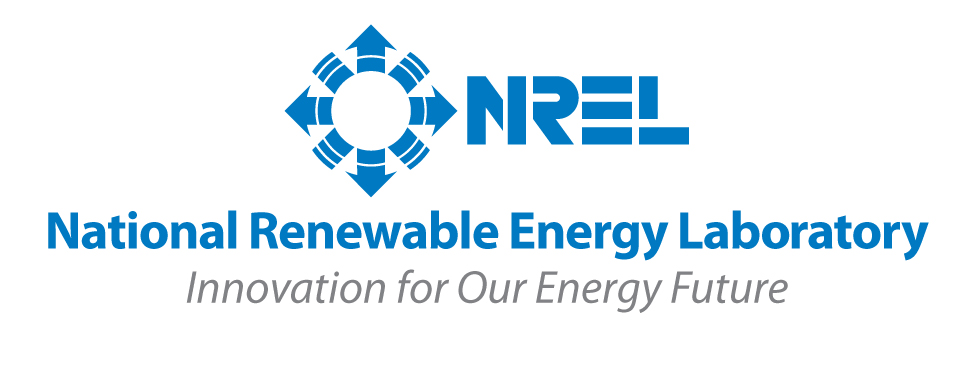
Large amounts of solar and wind power could be added to the western U.S. power grid without significant spending if utilities make operational changes, the U.S. Department of Energy said 20 May 2010.
The DOE report, conducted by the National Renewable Energy Lab (NREL) over a three-year period, focused on how the WestConnect power grid would respond if 35 percent of its electricity was generated by renewable sources.
The results, researchers said, were surprising.
"You need to make some significant changes to operational practice to accommodate wind and solar, but you don't need a whole lot of additional infrastructure to handle that," said Debbie Lew, a senior project manager at NREL.
Wind and solar power together make up less than 3 percent of the total U.S. power generation, but both are growing rapidly amid a range of state and federal incentives.
Instead of large-scale spending on new infrastructure, Lew said utilities could increase coordination over a wider geographic area to cut the volatility that wind and solar tend to add.
Renewable energy is more intermittent than power derived from traditional sources, since wind strength and sunlight are seen as unpredictable.
The DOE report also urged utilities to shorten their power scheduling time frames from the one-hour increments that most currently use.
"There are things that you can do if you change how utilities cooperate and how they conduct their operations today that can help them accommodate this variability and uncertainty without having to do a whole bunch of additional back up generation and storage," said Lew.
U.S. utilities, while increasingly investing in renewable energy, generally say they need to build nuclear and coal plants to provide "baseload" power to keep the grid supplied.
Coal plants supply about half the electricity consumed in the U.S., followed by natural gas and nuclear plants that account for about 20 percent each. Renewables account for a small, but growing portion.
Most U.S. states now have in place some form of renewable energy standard, which requires their utilities get part of their power needs from sources like solar and wind.
California, the most populous state and a leader in clean energy, has one of the nation's strictest standards. Utilities here need to get 20 percent of their energy from renewables by the end of this year, and 33 percent by 2020.
Renewable standards, combined with a possible tax on carbon, have fueled forecasts that predict the utility-scale market for clean energy will grow sharply in the coming years.
Major solar players, like First Solar, Suntech Power Holdings, and Vestas Wind Systems A/S, are working on large-scale projects and have lined up contracts with utilities from Rhode Island to California.
The NREL study found fuel costs within the entire western territory could be reduced by 40 percent, assuming 27 percent renewable power within the area.
Given the same 27 percent renewable standard in the west, the report said solar and wind energy could also cut carbon emissions by between 25 percent and 45 percent, roughly the same as taking between 22 million and 36 million cars off the road.
Sem comentários:
Enviar um comentário